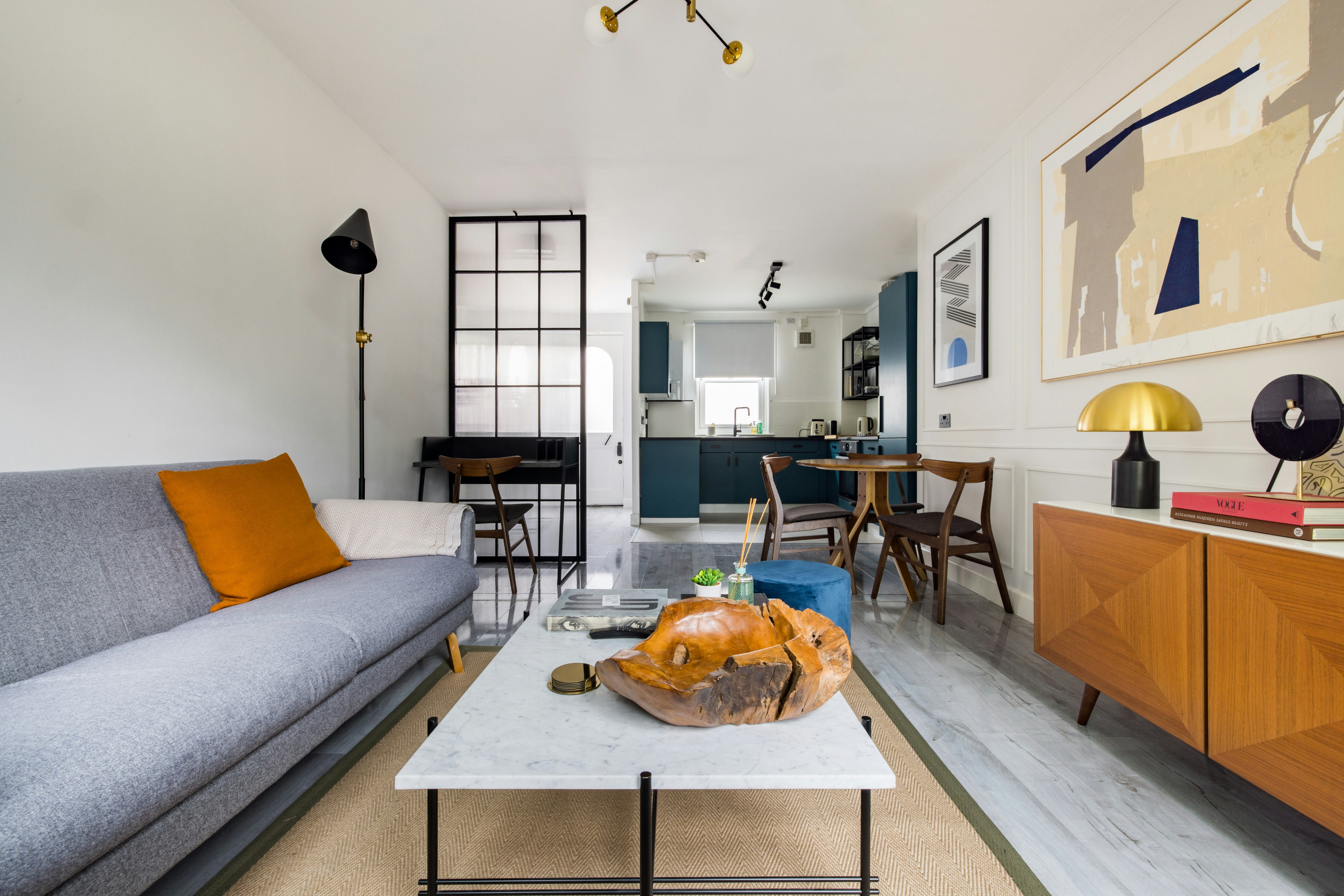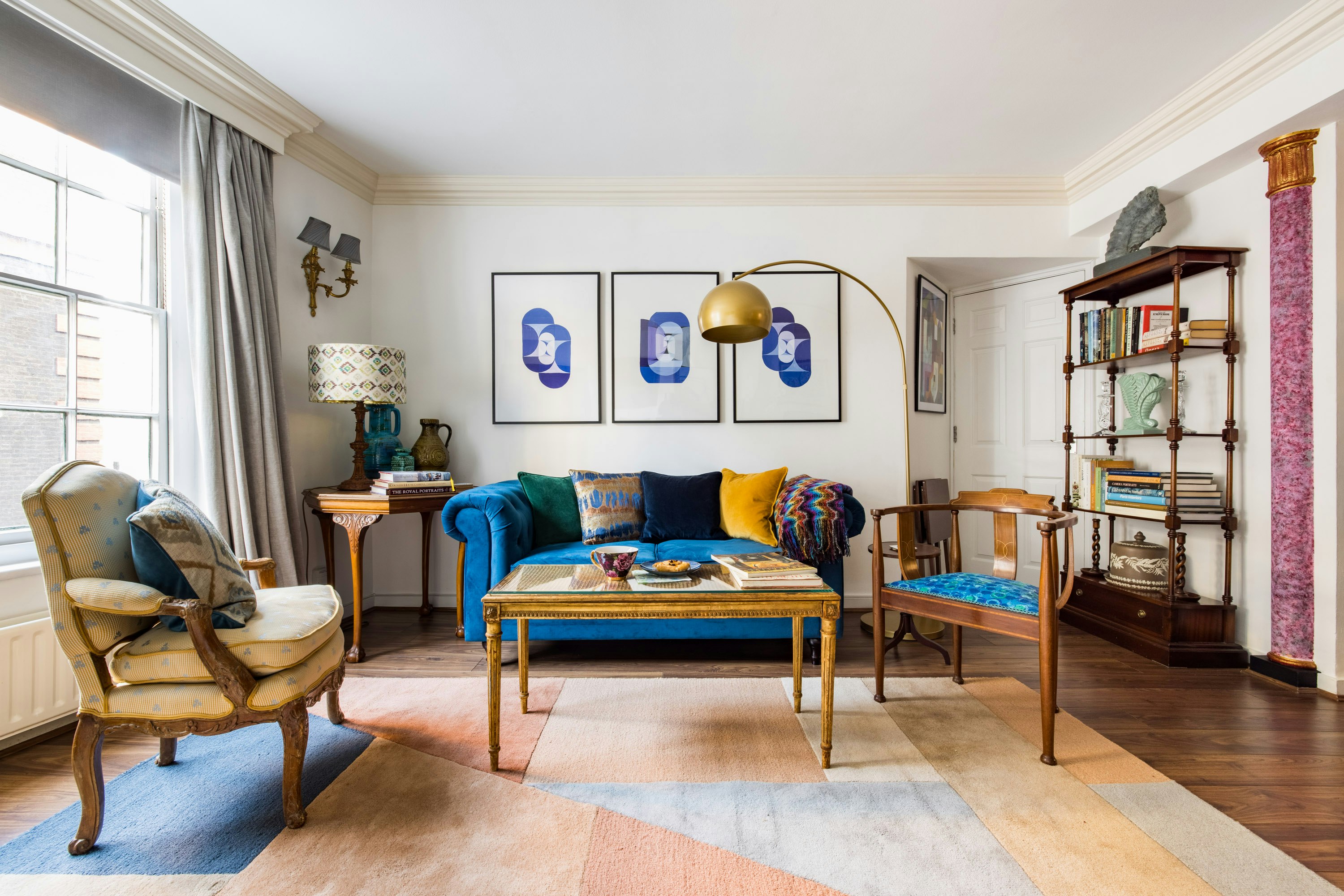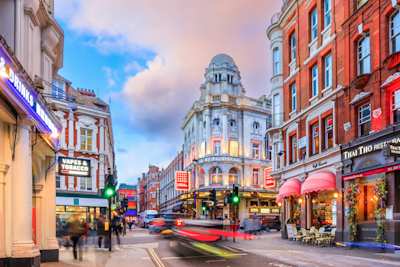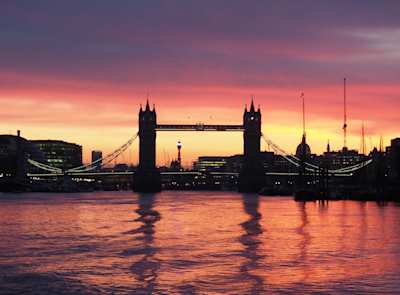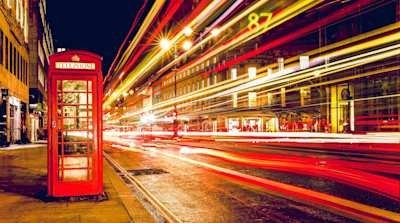What's the Safest Area in London to Stay for a First Visit?
A born & raised Londoner talks us through the safest places in London to stay in
~
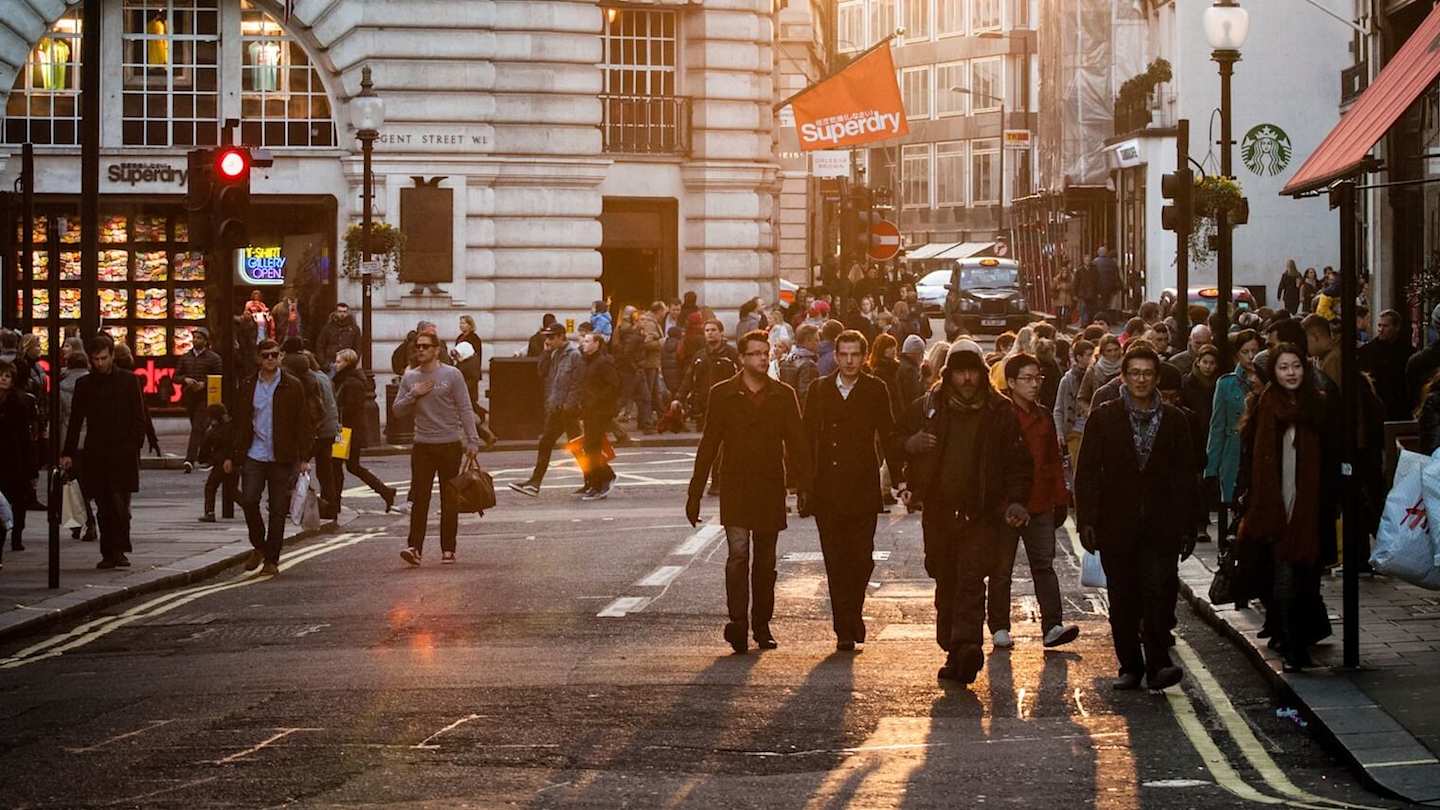
London has come a long way from its murky past. With Jack the Ripper and the Kray brothers long gone, the UK capital is now an incredibly safe city, ranking 15th in the world within The Economist's 2021 Safe Cities Index.
London is a huge international metropolis and, as such, it's not completely crime-free. But for its size, the levels of street crime are very low, and it is absolutely a safe and wonderful place to live, visit and enjoy. Here at Plum Guide, we've put together a quick guide on the safest areas in London – and the places you should probably avoid.
What's the Safest Area of London to Visit?
Those of us who have seen London change over the decades can safely say (pun intended) that no corner has been spared of redevelopment. The merits of this city-wide transformation are cause for socio-political debate, but no one can deny that it has made most areas of London safer overall.
You’re spoilt for choice when it comes to neighbourhoods full of their own unique character, but where you choose to lay your head really depends on your individual tastes and preferences. Here are a few options that cast a safety net across all the bases.
Fitzrovia

People outside Kaffeine coffee shop in Fitzrovia as a black cab drives past, London, England
Staying in the heart of town can't be beaten for convenience and immersion into London life. From Georgian townhouses to grand Victorian mansion blocks, there is something in Fitzrovia to suit everyone.
Known as an affluent area in inner London, this neighbourhood is packed full of cafes, cosy pubs, and shops. During the day, workers flock to the BBC and small creative agencies. At night, it's on the quieter side, but you'll find locals dining at the array of independent restaurants nearby. It's well-connected to the rest of the city by bus and Underground.
It's a fantastic base for sightseeing, too. With West End theatres, drinking and dining in Soho, the shops of Oxford Street, the Wellcome Collection, and the British Museum all a stone's throw away, you may never even need to get on the Tube.
Hampstead
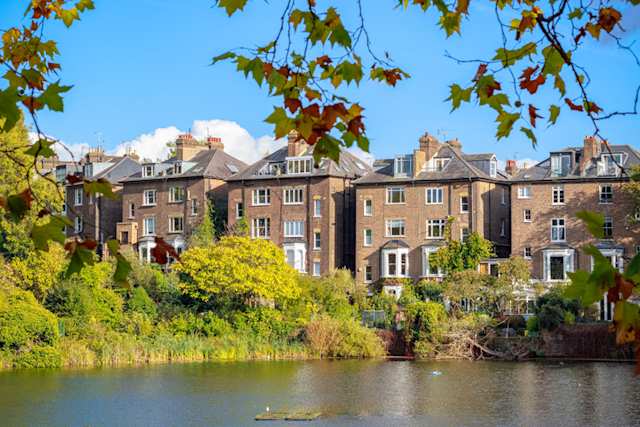
Waterfront apartments facing the tree-lined pond in Hampstead Heath, London, England
If you want the serenity of green space with quick and easy access to central London, leafy Hampstead strikes the perfect balance.
Hampstead's village feel is highly coveted amongst well-heeled Londoners. Though small in size, there are several attractions in the neighbourhood, like Kenwood House, The Keats Museum, The Freud Museum, and the Hampstead Theatre. And we can't forget the main attraction here – the sprawling wilderness that is Hampstead Heath. Make sure to climb to the top of Parliament Hill for sweeping skyline views.
It is also home to some of the best, oldest, and most iconic pubs in London – The Flask, The Holly Bush, The Bull and The Spaniards Inn. If you're wondering what's the safest area in London to stay for a first visit, this is it.
Notting Hill

Colourful houses in Notting Hill, London, England
This charming neighbourhood is home to imposing Georgian homes and Victorian townhouses painted in pretty pastels that stand proudly on cherry blossom-lined streets. The Notting Hill the world fell in love with in the namesake film does, in fact, exist – and it delivers if you're looking for a more bohemian, creative spot to call home.
Within its own microcosm, you'll find quirky bars, Michelin-starred restaurants, and the famous Portobello Road. Hyde Park is also within easy reach. As this is a hotspot for celebrities, expect to spot a few familiar faces while rifling through the bric-a-brac.
For the full experience, we suggest sticking to Holland Park and Notting Hill Gate areas. You can also venture further into swanky Kensington and Chelsea if you prefer designer boutiques to independent shops.
Places to Avoid in London
Anyone coming to London will want to know where they should avoid staying to be safe and central. If you're asking the question 'What areas of London should tourists avoid?', we would suggest staying clear of the following.
Tottenham
Probably best known for its football stadium, Tottenham is a bustling, urban North London neighbourhood. It's a little further afield than you'd want while visiting, and there also aren't loads of tourist areas here. If you're going to a Hotspurs game and want to be close to the stadium, we'd suggest staying in Crouch End, instead.
Croydon
While Croydon has had a resurgence in recent years, thanks to a swathe of development projects – think gleaming skyscrapers, bustling shopping centres, even a Boxpark – it wouldn't be at the top of our list of areas for first-time visitors. Croydon's crime rates are relatively high, and it's quite a distance from central London – perhaps not the best neighbourhood when planning your trip.
Brixton
Brixton is known for its buzzing nightlife, traditional market, and iconic gig venue, but we wouldn't suggest setting up basecamp here. It's a great spot to grab a bite to eat, enjoy a few drinks, or catch a show, but the area has a history of high crime rates and drug-related issues. Although, with gentrification here well and truly on the rise, it's shaping up to be a safer neighbourhood than its reputation shows.
Is London Safe At Night?
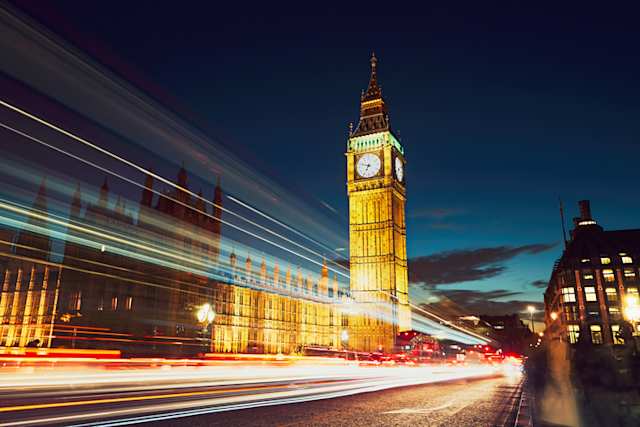
Light trails on Westminster Bridge after sunset, with Big Ben and the House of Parliament in the background, London, England
There aren't any official "no-go zones" in London, and nowhere should be off-limits to visitors. Although, just like in any other city, it's worth being more careful if you're alone late at night and staying vigilant by being aware of what's happening around you. Plan your journeys and stick to well-lit roads. When in doubt, hop in a black cab or an Uber. Never take an unsolicited cab on the street.
Also, take some comfort in the fact that London has more CCTV than any other European city. Big Brother is always watching!
Staying safe in London: Quick Tips
As with everything in life, common sense is key. Opportunistic pick-pocketing is really the most likely crime that might befall a visitor – particularly on the Tube or in crowded, popular tourist destinations like Oxford Street, Piccadilly Circus and Covent Garden. Keep an eye on your belongings and never carry large amounts of cash or documents like your passport.
We're stating the obvious, but please do not leave your belongings unattended. Not only will this keep your possessions safe, but it will also prevent anyone reporting them as a security risk. Keep phones, wallets and any other valuables concealed and close when not in use.
If you’re an anxious traveller and feel safety lies in numbers, avoid empty train carriages. Travelling by bus? Sit downstairs near the driver and the exits. If you spot any antisocial, suspect, or aggressive behaviour, simply roll your eyes and move away like the locals do.
Should you have the misfortune of falling prey to petty crime, be quick to report it to the police. They can be reached by dialling 999 from any phone, be it a mobile or red public phone box. All calls to 999 are free of charge. If you do not have signal, your mobile should automatically pick up any available network and put the call through.
Do your research. Whether you're checking the last Tube times, finding out more about the local area, or mapping out your travel plans, it's always good to be prepared. That way, you won't have any surprises – or make any wrong turns. On Google Maps, you can actually download a map that can be used offline to make travelling in the know that much easier.
The worst thing likely to happen to you in London? Blisters. If you want to stay safe from them, wear comfortable shoes and pack plasters. Trust us, you'll be doing a lot of walking.
Remember: living in fear is not living at all. Keep your wits about you, use common sense, and you should be as safe as houses in The Big Smoke.





